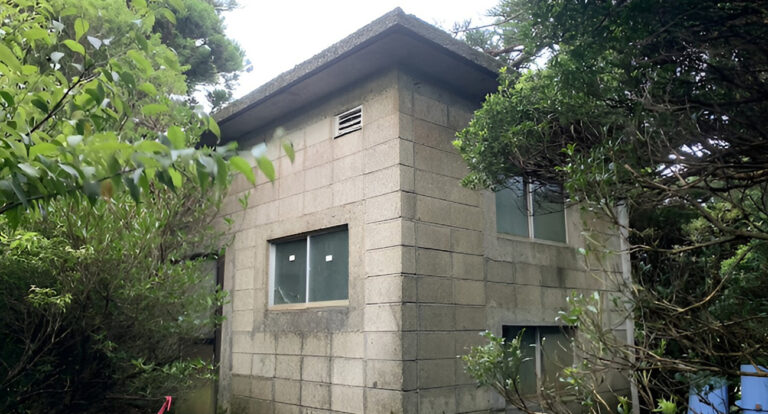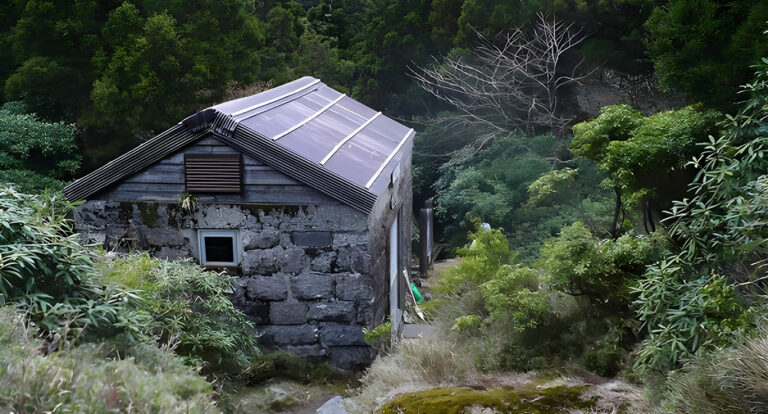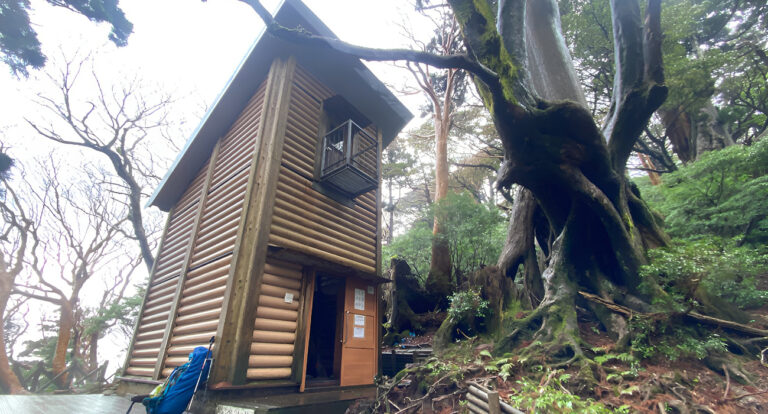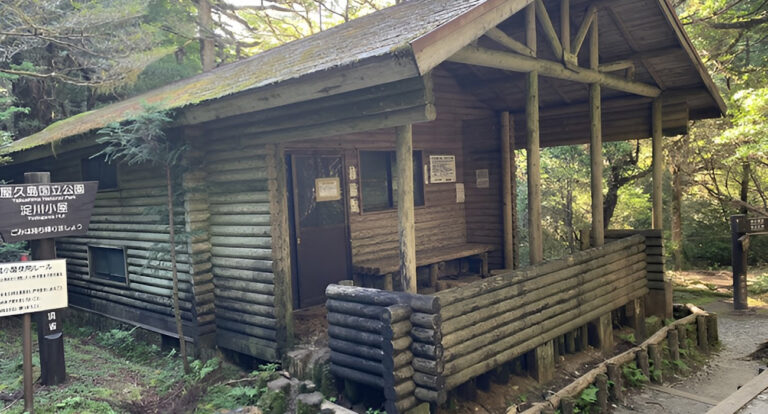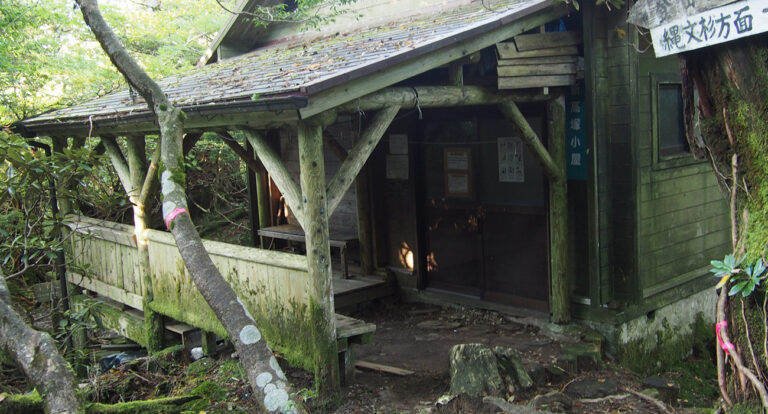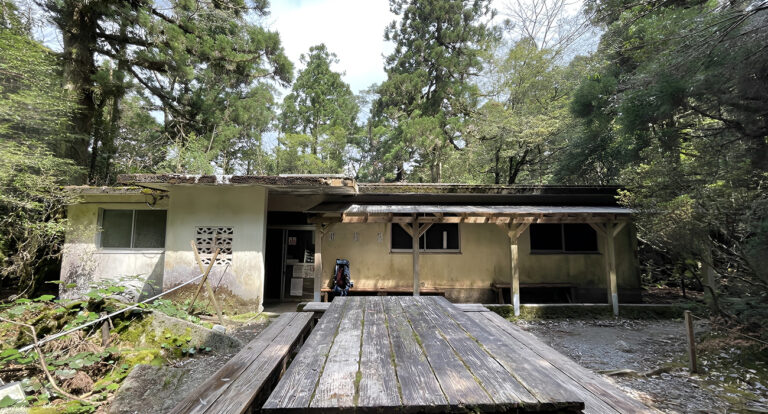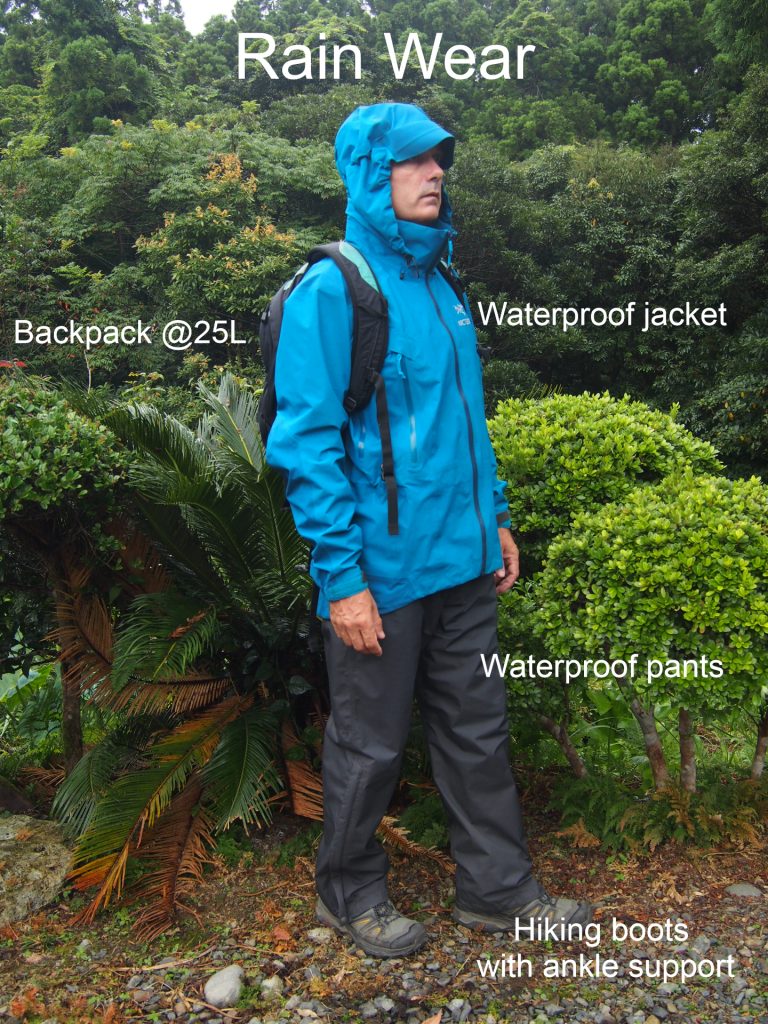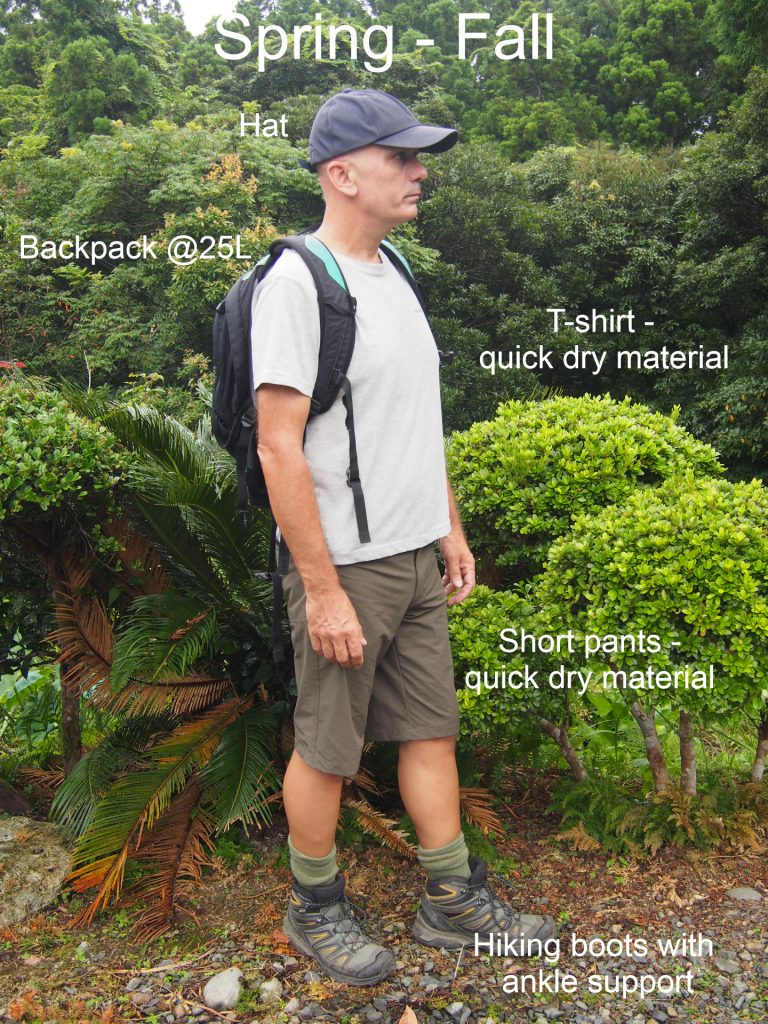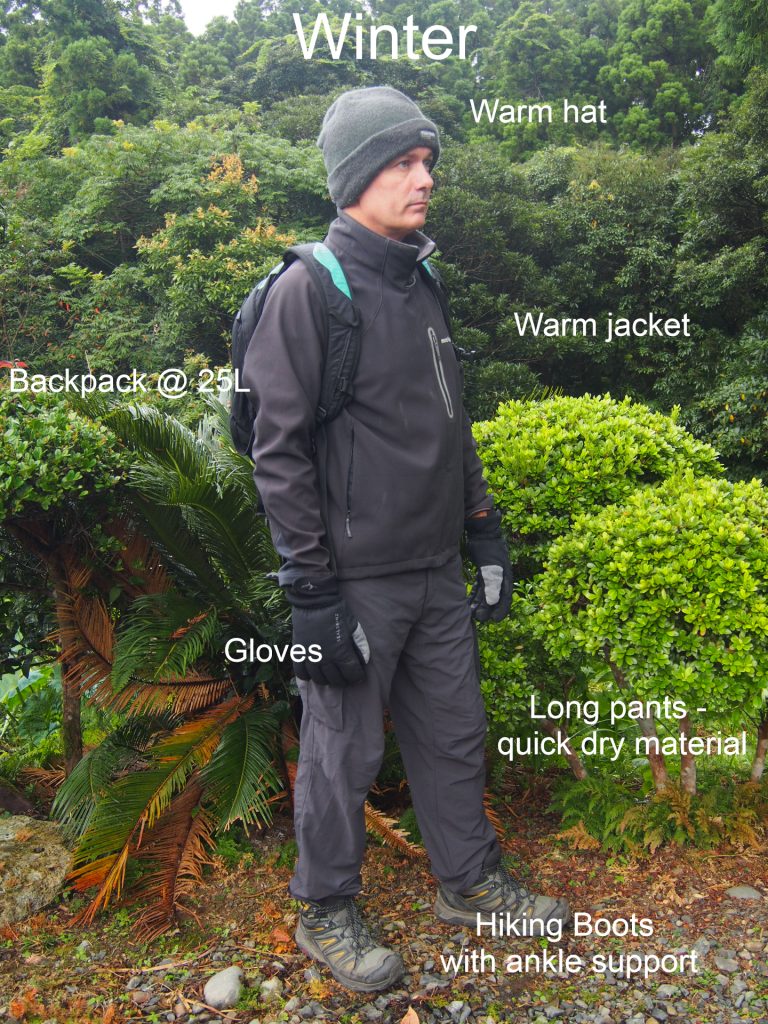TRAVEL GUIDANCE
ADVICE FOR HIKING ON YAKUSHIMA
Yakushima has some fantastic hikes that cater to all abilities. From half-day hikes to 2 night / 3 day treks. From deep-forest treks to mountain hikes which take you to the vast expanses of open highland above the tree-line. Many visitors arrive thinking that mountains on a small island should be a stroll in the park, but this is far from being accurate. Unfortunately, every year there are casualties in the mountains and rivers of Yakushima. The mountains of Yakushima rise to just under 2,000 meters within only a few kilometers. The mountains of Yakushima are the highest peaks in southern Japan. The coastal region of the island may be sub-tropical, but the high ground is certainly sub-alpine. The inclines can be intense and the distances much longer than anticipated.
Do not under estimate the terrain and do not over estimate your capabilities!
Mobile phone reception can vary around the island, but reception can be found on the higher areas of the mountain trails and good reception is found on the mountain summits. If you need the emergency services then calling 0997 46 2110 will connect you with the Yakushima Police. Other emergency services can be found on our Emergency Services page.
We would always recommend booking a YES tour guide, particularly if you are not an experienced hiker. A YES guide knows the trails, the conditions and keeps track of the time to ensure you get up and back down safely. Even if you are an accomplished hiker then the benefit of taking a YES tour is that your guide fills the day with a wealth of information about Yakushima – meaning you come down a lot wiser than you were when going up! There is a great deal more to this island than beautiful scenery, so take advantage of booking a YES guide and depart Yakushima feeling as though you got beyond the `surface`.
Contact YES to book your tour.
Take care to keep on the trails
The majority of hikes are either well sign-posted or marked with pink ribbons upon the trees along the route. What may look like a hiking trail could, in fact, be a deer trail, so take care to keep on the trails. In general, the less popular trails are a lot harder to follow and so caution is required.
Aside from visitors potentially losing their way, perhaps the main reason to keep to the trails is to protect our natural environment. With so many rare endemic plants on the island then going off-trail is not encouraged for the sake of our island ecology. We are particularly annoyed when we see visitors in the forest standing or sitting on the moss! Every footstep (literally) has an impact.
Mountain Huts and Basic Equipment
Mountain Huts
Many treks can be undertaken in a day (if you are prepared for an early start), but it’s also possible to spend a night or more in the mountains. You can either stay in one of the mountain huts or camp by the mountain huts.
You cannot camp beyond the area of the mountain huts.
The mountain huts on Yakushima offer a safe and dry place to sleep. Water is nearby most of the huts and a toilet is near to most of the huts. Some of them are popular and others are rarely used. They are free to use, but very basic. Camping is also permitted in the environs of the huts, but do not camp in places other than the mountain hut areas. This area has UNESCO status and as such the rules are strict when it comes to trekking and camping in the mountains. Camp fires are strictly forbidden, so bring camping stove equipment if you intend to stay overnight in the mountains. Camping gas and stoves can be purchased from outlets around the island. Water is never difficult to find on Yakushima and the huts either have taps on hand or else they are very close to high altitude clean streams. With so much ‘free’ food around then rodents can sometimes pay a visit into the huts. Clean up all your garbage, wrap food in bags and seal your sack as best as you can. Hanging the food bags from the beams and rafters also helps, but the mice are amazing tight-rope walkers!
During the peak season some huts are either full or close to being full, and so if you are a light sleeper then bring along some earplugs. There’s always one snoring sleeper and the notorious plastic bag-rustler before sunrise! The bunks are wooden and so if you require a little more comfort then bring a roll-mat. Even in the summer months, the temperature in the mountains at night can become cold and a sleeping bag is essential.
There is no pre-booking for the mountain huts, so if you intend on staying the night in a hut then plan to arrive to the hut a few hours before sunset.
Yakushima Hiking Equipment Check List.
There are a few hiking and camping equipment rental shops on the island, so don’t worry if you haven’t come prepared as YES can help you kit yourself out. To find out what equipment and clothing you will need to hike in Yakushima then please look at hiking list provided below. The basic equipment would include hiking boots with ankle support, rain wear, a water container and a backpack. Should you wish to rent any hiking gear then please use the booking form and tell us what is required, your sizes and the dates you wish to rent the equipment.
Hiking List
* Hiking boots are a MUST. Accidents await you if you trek in anything less.
** A larger rucsac is needed if you intend to camp
*** Gore-tex quality or similar is recommended. When it rains in Yakushima then it's often torrential rain
Essential
- Hiking boots*
- Good hiking socks (winter)
- Rucksack 25L-40L**
- Rucksack waterproof cover
- Warm clothing (eg fleece)
- Rain-proof coat ***
- Rain-proof trousers***
- Sweater (winter)
- Trousers (not denim)
- T-shirts
- Gloves
- Hat
- Water container
- Headlamp
- Spare batteries
Good if you have it
- gaiters
- sun block
- foldable umbrella
- plastic bags
- (to store your waste & to use as rain-proof wraps inside your rucksack)
- walking boot studs for ice & snow
- (winter season only)
- Travel insurance proof
- Yakushima map & compass
- Small first aid kit (eg band aid)
- Mobile phone
- (reception is bad in the forests, but good on the mountain tops)
- ski stick
- Snacks (eg candy, chocolate, cookies)
- Whistle
What you need when staying in the mountain hut.
- Sleeping bag
- (in the winter the sleeping bag needs to be good down quality)
- Roll mat
- Extra clothing
- (even in the summer it can be cold over 1000 metres)
- Toiletries
- Cooking stove & utensils
- (stove gas can be found from may outlets on Yakushima)
- Food
- Lighter
- Tent
- (If you are camping then you”ll need items above plus)
Hiking wear
Arriving prepared with the correct hiking gear can only improve your YES tour experience. Should we get caught in a tropical rain storm during a forest or mountain tour then you`ll be very happy to pull out the rain wear and continue the tour in good spirits.
Summer
During the summer months then a single layer would be necessary. A quick-dry t-shirt in the sweaty summer months would be ideal. Short pants, hiking boots and a summer hat. A small backpack to carry your camera, valuables and water.
Spring & Fall
In the early spring and late fall then a t-shirt & thin pullover would be recommended. A light jacket would be an extra precaution. Short pants or long pants, hiking boots and a summer hat. A small backpack to carry your camera, valuables and water.
Winter
During the winter months then the hiking gear list increases! At least three layers are required. Thermal under-garments are usually necessary for a comfortable day. Long pants, hiking boots, warm hat and a gloves. A small backpack to carry your camera, valuables and water.
Rain
Outer garments for rainy days include waterproof rain jacket and trousers. Some guests wear gaiters over the hiking boots to prevent water from getting into the boot. A small umbrella can also be very useful.
Water
Many of the hiking trails have plenty of water access points so there is usually no need to carry much water. Our recommendation would be to recycle a bottle and fill up as we go throughout the day.
Trekking Poles
If you are not confident with your sense of balance or suffer from painful knee joints, then a trekking pole (or two) would be recommended. Please use rubber stoppers on the tips of the poles to reduce the damage caused to forest vegetation when using the poles on the tour.
Overnight Camping Gear
When booking an overnight 2 day YES tour then we shall send a full list of extra hiking gear required for these tours.
When in the areas of the National Parks and UNESCO
There are rules and regulations in place to conserve its beauty.
Please remember that most of the trekking areas are either under the jurisdiction of the National Parks or UNESCO. Therefore, the areas are protected land and there are rules and regulations in place to maintain its beauty:
Always consider the wildlife and plants wildlife, right down to the moss- especially the MOSS!.
Whatever you bring into the mountains and forests then make sure to take it all back out with you at the end of the trek. Bring extra plastic bags for waste etc
Do not use the rivers and streams as toilets, and use the water with respect ie do not pollute with detergent. Toilets are few and far between, so always make use of a toilet at the beginning of a trail head or at the mountain huts. Special (green) toilet bags are available at various outlets around the island should you find yourself in a place that has no toilet. Do what you have to do in the `strong` bag and carry your waste out with you. There are usually disposal boxes at the mountain entrances for the toilet bags.
No open fires. Bring camping stove equipment with you.
Do not feed the wildlife; especially the deer and monkeys. You may not come across more healthier looking deer and monkeys, so they are clearly not in need of extra food. Once these animals have a taste for ‘human’ food then the local farmers suffer terribly as crops are destroyed and whatever you are giving the animals is unlikely to be good for them. This is a big issue on our island. Also, keep your distance from the wildlife - at least 10 meters, but preferably further away. We understand your excitement at encountering the wildlife, but island residents have to live with the consequences of the animals becoming comfortable in the presence of humans.
Please donate to the Yakushima Mountain Environment Protection. These donations are mostly used for sewage collection from the mountain hut toilets and occasionally you may see locals carry large containers of sewage on their backs. Your donations help pay these people do this unpleasant, but invaluable task. Donations are collected at many of the mountain trail entry points and if you plan to stay overnight in the mountains then a 2,000 yen donation would be most welcomed.
Stay on the designated paths and trails. Many of the plants have a fragile existence and treading on them doesn’t help. Moss is particularly fragile, so once again KEEP OFF THE MOSS!
If lost, do not follow a river down-stream. You should try to head to upwards to a summit where there is likely to be telephone reception and open-ground making it easier for the rescue operation to find you.
Switch off your mobile or put it on manner-mode to conserve battery power. There is rarely reception within the forest and so you wouldn`t need your telephone searching for reception during this time. However, having as much battery life within your mobile phone should an accident occur could be a life-saver.



